Talent Acquisition vs. Recruitment: The Differences and HR’s Key Role
AIHR
APRIL 4, 2023
In contrast to talent acquisition’s proactive nature, recruitment takes a more reactive approach to hiring. In contrast to talent acquisition’s proactive nature, recruitment takes a more reactive approach to hiring. Being reactive can be problematic because it places pressure on HR to find the right person immediately.

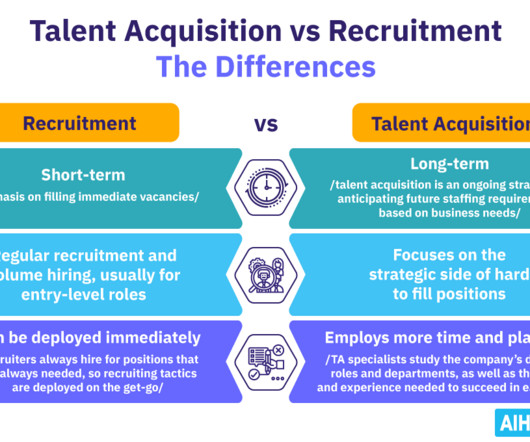
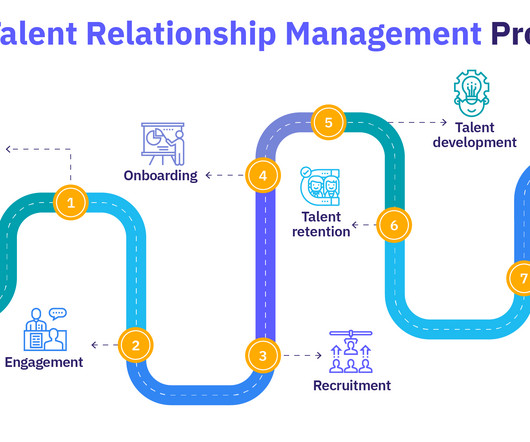
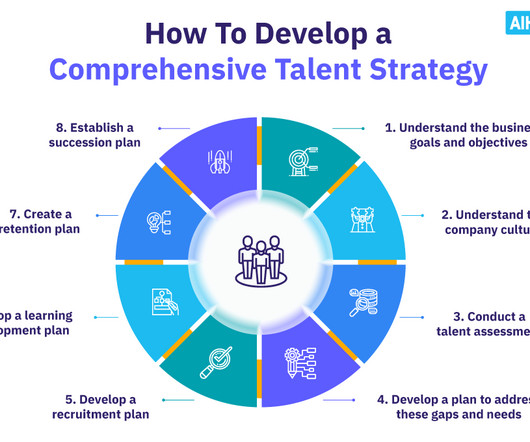
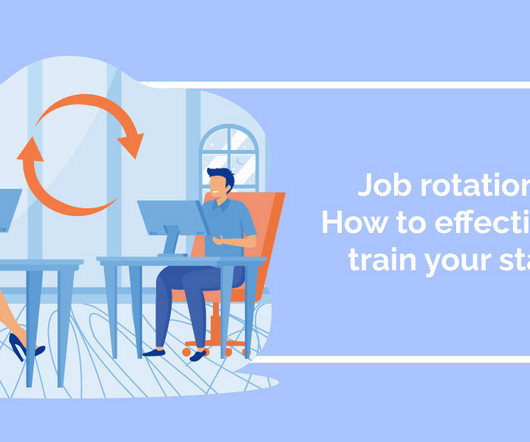
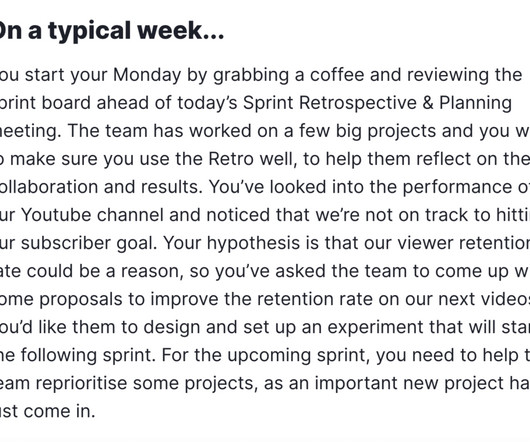






Let's personalize your content